For Hector Stewart’s shellfish company, the most elusive catch is proving to be workers to fill job vacancies.
Kallin Shellfish in North Uist currently employs 22 people and would take on more if it could.
However, things like a lack of housing and issues with the ferries make it hard to recruit and retain staff.
With population loss, a traditional issue and further decreases predicted, the situation is urgent for Uist and the Outer Hebrides.
Further population decline predicted
According to National Records of Scotland statistics, the islands lost 18% of its people since 1981 and 4% since 2011.
A Highlands and Islands Convention report also predicted a drop of 14% by 2041.
Solutions can’t come quickly enough for Kallin director Hector.
“We could easily employ another six people here. But we are having to stop our boats fishing because we have difficulty getting crews and also don’t have staff to process the catch.”
Higher wages are offered, but he says lack of housing is a major issue. One of the first questions would-be recruits ask is ‘where are we going to live?’
“There is very little housing in Uist, and what there is tends to be taken up quickly.”
Kallin bought a former schoolhouse to use as accommodation for employees.
“It will cost a lost to convert, and can you spend the money when you don’t know if you are going to be able to attract people?”
He says the biggest issue for islanders and businesses is transport, with problems with services between Skye, North Uist and Harris.
“It is so easy to fix a lot of the economic problems of the islands with good transport links.
“A direct ferry for Uist would do more good than all the development efforts in the last 20 years.”
Cash incentives could be key
Hector suggests financial incentives to attract incoming workers and families.
“There has been very little done to encourage people to come here. The government and agencies should put their heads together.
“It would take a relatively small amount of money to make it attractive for people.
“As employers we’ve had to put that in place ourselves, and if you’re having to do that all the time it makes you less competitive.”
A new focus on reversing depopulation has organisations including Highlands and Islands Enterprise (HIE), Comhairle nan Eilean Siar, Bord na Gaidhlig and community landowner Stòras Uibhist working to bring about lasting change.
A settlement officer was appointed in May and is seen as a key starting point to attract or retain people.
New research is also being carried out to establish the needs of existing and would-be islanders.
Joanna Peteranna, HIE’s Outer Hebrides area manager, said the work will take between five years and a decade to complete.
“Working together means our resources are targeted towards intervention. In the past, we have perhaps tried to fix little bits of the puzzle, but never all the bits of the puzzle at the same time.
“We realise the population challenge comes about as a result of a whole host of things, so there is not one thing to be done to fix it.
“If there was we would have done it and it wouldn’t be such an intractable problem.”
Housing, or lack of it, is a huge challenge.
‘Existential threat’ to island life
Darren Taylor, chief executive of Stòras Uibhist, said recently that housing poses an “existential threat” to island life.
Innovative projects such as the Smart Clachan could be an answer.
This is a 21st century version of a traditional gathering of a few houses working cooperatively on shared land.
HIE is also looking at making land available for building, encouraging social landlords to build in certain places, ensuring housing is affordable and preventing new builds from being sold on.
Another idea is providing accommodation with jobs to attract key workers.
“If you look back a few decades ago there were things like the nurse’s cottage or the school house for a teacher”, says Joanna.
“These were done away with as the public sector sought to divest itself of properties. Maybe there is now a reason to go back that way again.”
How Covid has pushed up prices
She said demand to live in places like the Outer Hebrides and the desire to work from home has grown since Covid.
“It’s a double-edged sword. There is potential to bring people and high-value jobs with them, circulating income into the economy.
“The downside is quite often these are the people who are coming in and massively outpricing people on properties.
“We benefit from the people, their families and their salaries – all the stuff we need – but it’s adding to the unbalancing of the housing market.
“We don’t want to put these people off, but these are things we need to get our teeth into.”
Decentralising government jobs to the islands is one way of attracting new blood.
Government jobs could be the change
HIE opened a data centre in Benbecula 20 years ago and hopes that sister agencies will look to do something similar.
She said re-population zones can succeed in tackling issues that have eluded solutions previously.
“We’ve always said there is a challenge on population in remote rural areas. But this brings everyone shoulder to shoulder to tackle this with a concerted effort.
“A real partnership approach making sure all the pieces of the jigsaw are in place is what could make a difference.”
The council has set up the Uist Population Project, in partnership with HIE, to help people relocate.
A Uist Population Working Group is developing an action plan which includes delivering affordable houses, developing an empty homes initiative and a rural serviced plots pilot.
There are also plans to support new start-ups, relocating businesses and exploring the potential for a creative and media hub.
The council’s communities director Calum Iain Maciver said it wants to find innovative ways to intervene in the housing market.
This includes having a revolving fund to pump-prime purchases for young families with rental used to top up the fund.
Other projects include Trial and Isles, to give people a taste of living in the Hebrides.
He said it is a multi-generational project: “The idea is to focus on a place with concentrated investment and don’t just walk away after two years.
“The commitment is embedded there and is long-term.
Who owns what?
“For the first time there is an acknowledgement there is an issue we have to collectively work on and there is agreement around that.”
Calum Iain said getting population issues onto the national agenda has been challenging.
“The government has now recognised this with the population strategy last year. It allows us to put new and innovative solutions into re-population zones.”
Over the next three to five years he hopes to see population levelling out, and over the next decade wants to see a small take-up in population.
“We need to find new ways to help cement people into the community so they have jobs, careers and housing prospects.
“When that is done, we have the opportunity to start building up and getting sustainability in the demographics.”
One solution could lie with communities themselves. More than 50% of the land in the Outer Hebrides is now in community ownership.
That could be increased next month when a ballot will decide whether a community buyout of the Bays of Harris estate will be pursued.
Earlier this year HIE chief executive Stuart Black said putting more land in community hands could help address rural housing issues.
‘Looming demographic crisis’
Finlay MacLennan, development manager for Community Land Outer Hebrides, says the islands face a “looming demographic crisis” and a challenge to turn the trend around.
“There is no silver bullet, the contributing factors are multifaceted and require a collective response to provide innovative solutions to address community needs.”
He believes the community land sector can be part of the solution.
“Ownership enables communities to respond to the challenges faced at a local level and be at the heart of delivering developments.”
He cites the West Harris Trust as an example of what can be achieved under community ownership.
The trust has developed 10 new homes, eight business units and seen its permanent population increase by 55%.
But he says funding rules designed for urban areas can be restrictive for islanders. He called for the government to listen and allow for flexibility.
“The Outer Hebrides is a wonderful place to live and work, with a diverse range of opportunities for leisure and play.
“We must retain and attract the economically active to make their lives here, and this means there must be sufficient employment opportunities and access to suitable housing to make, what for many is a dream, a reality.”
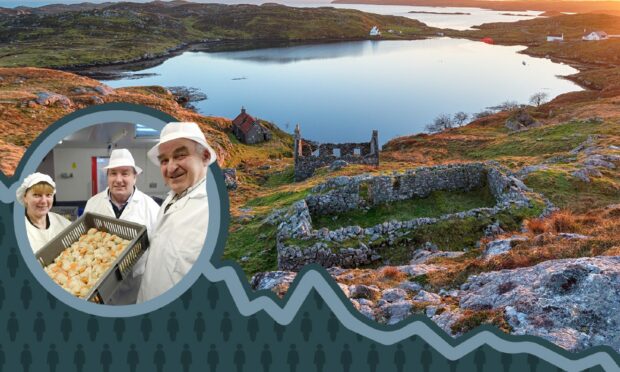
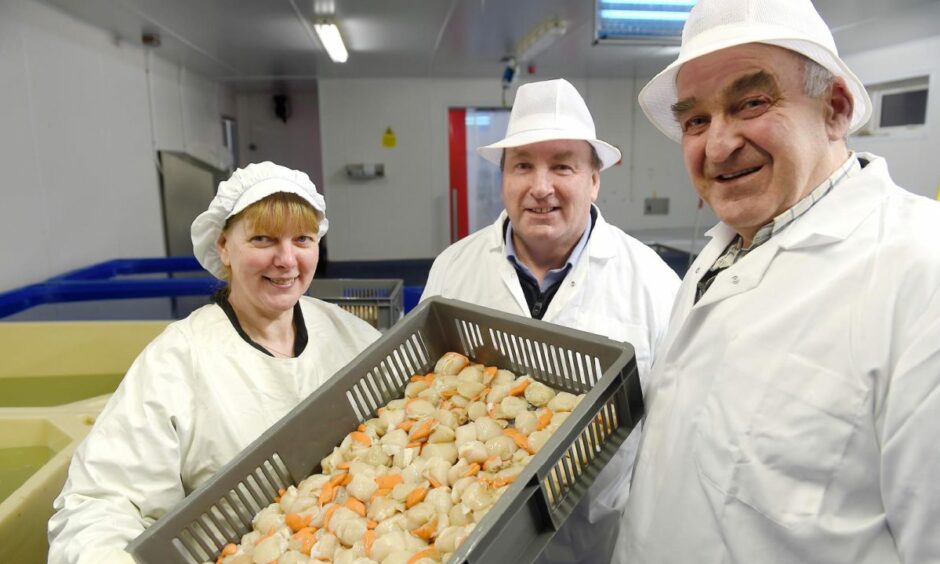
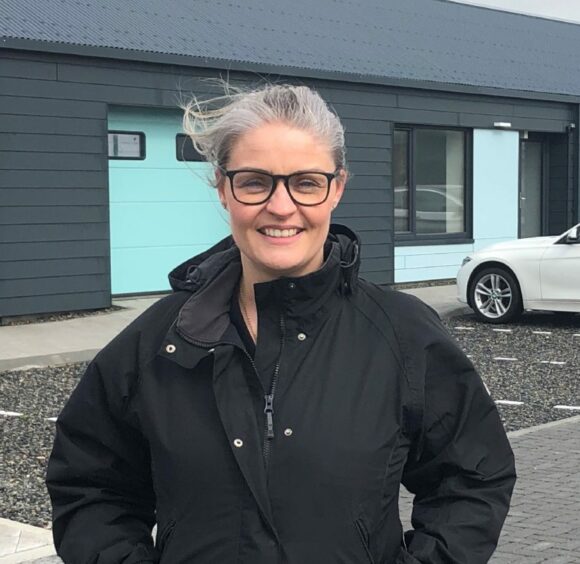
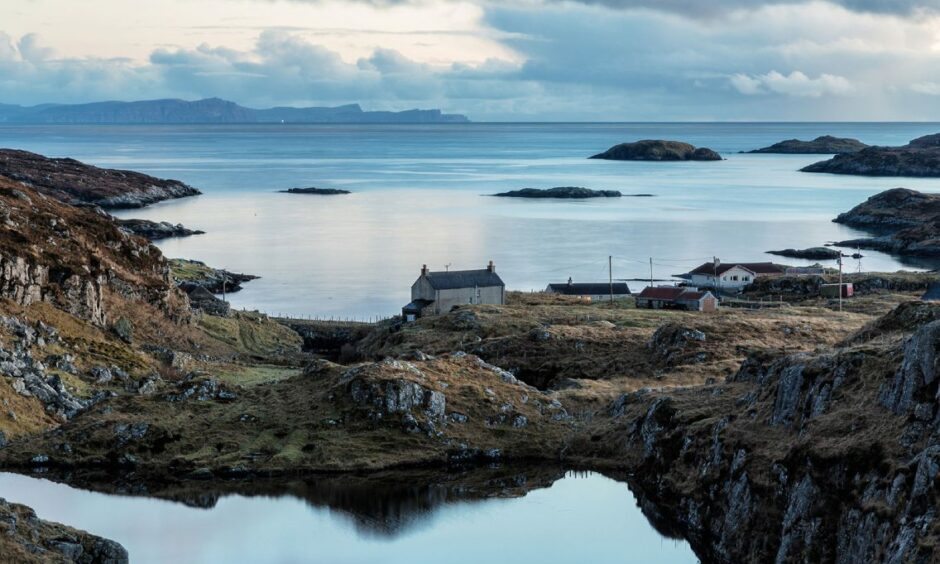
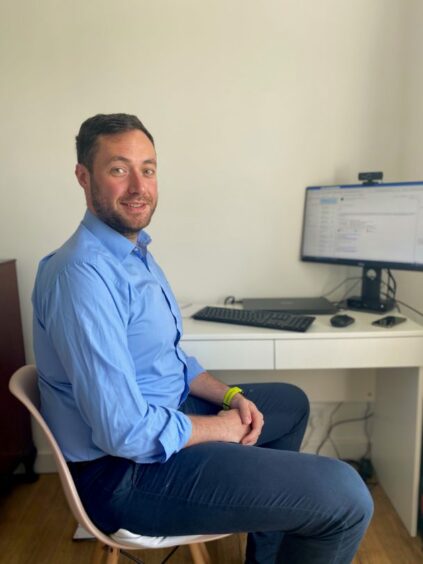
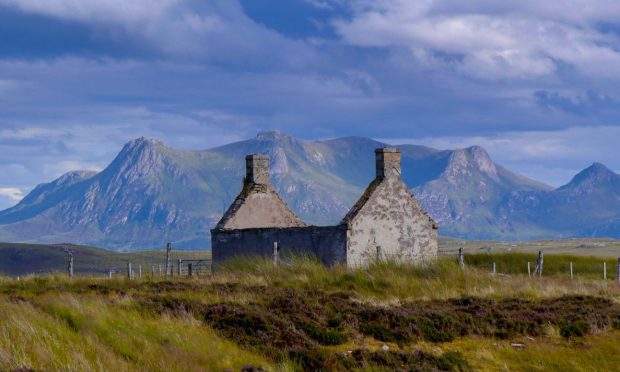
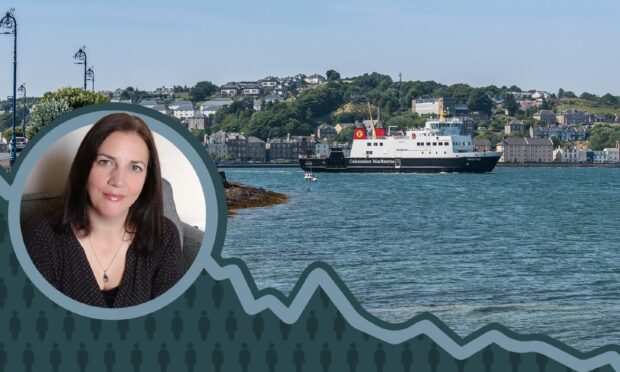
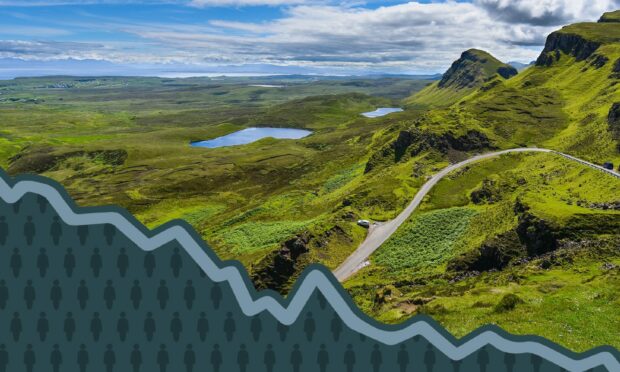
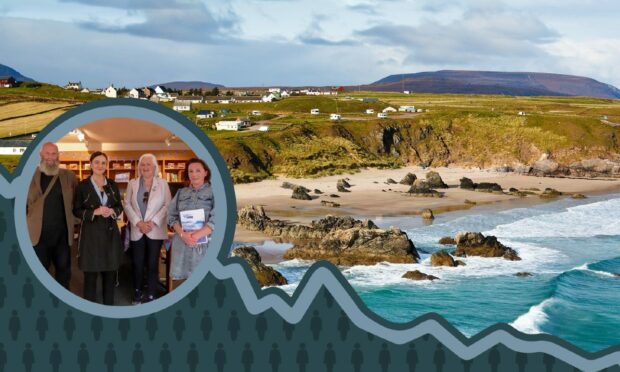
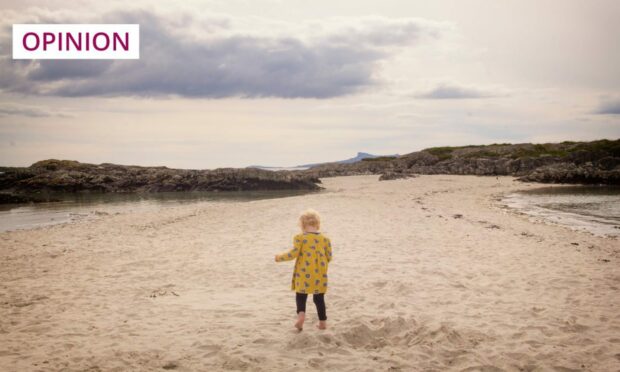
Conversation